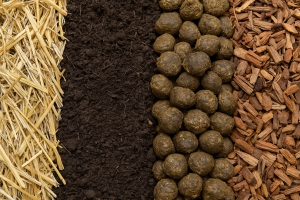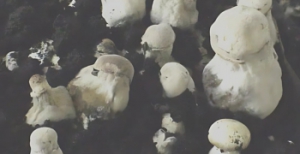
Blogs
Possible mechanisms involved in the fruiting of the cultivated mushroom - by David M. Beyer
Dec 08,
2025
To induce A. bisporus fruit body formation, a casing layer is applied to the surface of the compost. Without a casing layer, few if any…
Compost-casing-mushroom water relationships
Sep 03,
2025
The function of casing is to induce fruiting, support mushroom growth, and provide a source of water to the mushroom that compensates for its water…
The recent shortage of straw and hay in parts of North America and Europe has sparked a flurry of questions regarding what can be used…
Virus and bacterial diseases
Apr 04,
2025
LaFrance virus disease Of all the diseases confronting mushroom growers, none have been the subject of more confusion than viral diseases. Viral diseases can be…
Fungal Diseases The life cycle for fungal pathogens like Dry Bubble, Trichoderma, and Cobweb is simple, Figure 1. Spores germinate into mycelium, which forms structures…
Mycelium growth in casing soil (back to basics)
Feb 27,
2025
We are observing that the amount of mycelium in the casing soil often leaves much to be desired. Ideally, thick mycelium strands should grow from…
Cook-out
Jan 14,
2025
One of the most effective ways to avoid diseases in the mushroom industry is a cook-out at the end (or beginning) of each cycle. To…
Dry bubble disease fact sheet
Dec 23,
2024
Dry Bubble Disease is a common fungal disease of the commercial white and brown mushroom Agaricus bisporus. Understanding more about the biology of the fungus…
Casing soil
Dec 17,
2024
Why is casing soil used? There are two main reasons: 1. the Pseudomonas putida bacterium; 2. to regulate evaporation. Mushrooms will not grow without evaporation.…






























